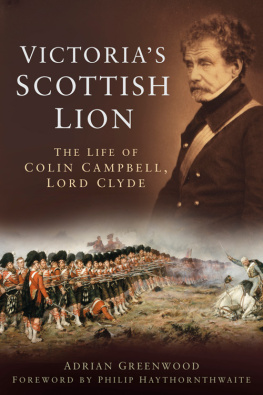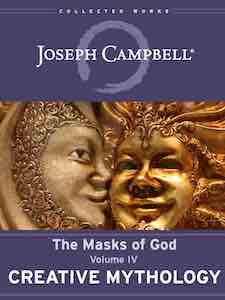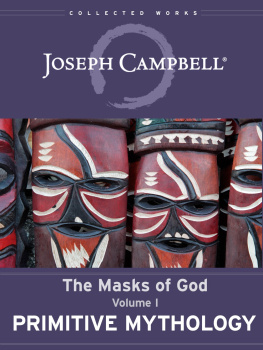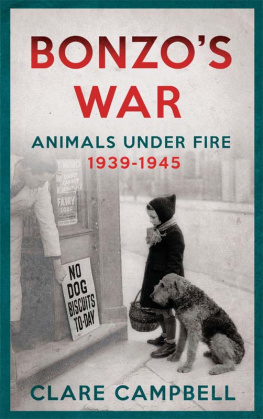First published 2000 by Ashgate Publishing
Reissued 2018 by Routledge
2 Park Square, Milton Park, Abingdon, Oxon OX14 4RN
711 Third Avenue, New York, NY 10017, USA
Routledge is an imprint of the Taylor & Francis Group, an informa business
This edition copyright 2000 by Routledge
The author has asserted his right under the Copyright, Designs and Patents Act, 1988, tobe identified as the author ofthis work.
All rights reserved. No part of this work may be reprinted or reproduced or utilized in any form or by any electronic, mechanical or other means, now known or hereafter invented, including photocopying and recording, or in any information storage or retrieval system, without permission in writing from the publisher or its distributor, except in the case of brief excerpts or quotations for use in reviews or critical articles.
Notice:
Product or corporate names may be trademarks or registered trademarks, and are used only for identification and explanation without intent to infringe.
Publisher's Note
The publisher has gone to great lengths to ensure the quality of this reprint but points out that some imperfections in the original copies may be apparent.
Disclaimer
The publisher has made every effort to trace copyright holders and welcomes correspondence from those they have been unable to contact.
A Library of Congress record exists under LC control number: 00104722
ISBN 13: 978-0-8153-8253-9 (hbk)
ISBN 13: 978-1-351-20815-4 (ebk)
This book had its origins in autobiographical traces. Some of my earliest childhood memories are of the Lanarkshire coalfield. My mothers family lived in the coal and steel-making town of Cambuslang, and its surrounding landscape of collieries and slag heaps, its buildings and glowing steelworks, even the cadences of its accent, were very different from those of Dumfries and Aberdeen where I grew up. My maternal grandparents came from County Mayo, one a Catholic, the other a Protestant. My grandfather had lived in the United States for a period, where family legend held him to have worked as a Pinkertons Agent, before settling in Cambuslang and running a second hand clothing business in Glasgow. When I married, my wifes father came from a staunchly Orange, mining family in Bellshill, and her childhood memories of its deeply ingrained sectarianism added to my curiosity about the coalfield and its miners. Such interests stimulated my doctoral research, which was later published as The Lanarkshire Miners: a social history of their trade unions, 1775-1874 in 1979. Thereafter, I turned to new areas, but my engagement with the labour process debate led me back towards underground mechanisation, which proceeded more rapidly in Scotland than elsewhere in Britain, and this gradually developed into a broader concern to unravel developments in the Scottish coalfields after 1874. This and the companion volume are the eventual outcome.
In my research, I have incurred many debts which I am glad to acknowledge here. Several thanks are due to Ian MacDougall. All Scottish labour historians are indebted to his efforts on the Scottish Labour History Societys Catalogue of Some Labour Records in Scotland, but none more so than those obliged to work south of the border. His heroic endeavours as an oral historian have also placed the autobiographies of many working-class men and women in the public domain, including a number from the coalfields who are mentioned in these texts. In addition, he answered some initial queries and directed me towards several veteran miners to interview. I am particularly grateful to Hugh Sloan, Johnny Boyle and Jas Miller, from Methil, and to Mary Docherty of Cowdenbeath, for recording their memories of coalfield life with me. Rob Duncan shared his extensive knowledge of the coal and steel communities of the Clyde valley in periodic discussions, and introduced me to David Meek, of Motherwell, whose clear reminiscences of underground work are drawn on in chapters . Bill Gilby generously made available a number of taped interviews conducted by himself and Martin Sime in Fife in the 1970s, while Billy Kay and Matthew Spicer of BBC Scotland kindly provided me with transcripts of the many interviews they made for the three-part television series Miners, broadcast in 1989.
Immensely valuable though such oral sources are and many of the interviewees are now sadly dead these volumes are not primarily works of oral history but are rooted in extensive archival research. Despite the pressures upon public sector employees in the last decade, I am constantly amazed by the unfailing helpfulness of librarians and archivists, and wish to record my thanks to the staff at the following institutions: the National Library of Scotland, including its Map Room, the Scottish Record Office, the Registrar General for Scotland, the Public Record Office, the National Museum of Labour History, the British Library Newspaper Library, Manchester Central Reference Library, the University of Glasgow Business Record Centre, the Sidney Jones Library, University of Liverpool, the John Rylands Library, University of Manchester, Methill Public Library and the William Gallacher Memorial Library, Glasgow Caledonian University.
I also wish to acknowledge the support of the University of Liverpools Research Development Fund, which allowed me to conduct a preliminary survey of sources during study leave in 1988; the Nuffield Foundation, Grant number: SOC/181 (1838), which permitted field work in 1989; and the Economic and Social Research Council, which granted me a Senior Research Fellowship in 1995-6 to complete archival research and write a draft manuscript (Award number: H524427500795). Without this vital financial support, these volumes would not have been written.
Participants at numerous conferences and seminars have offered constructive criticism of the preliminary sketches of the material contained in this volume over the years, but the following events deserve special mention: the Second International Mining History Congress, Bochum, 1989, allowed me to present findings on localities and militancy; the Seventh British-Dutch Conference on Labour History, held at Groningen in 1990 on the theme of regional implantation, informed the discussion of regions which structures this volume; the Third International Mining Congress, Denver, 1994, provided valuable discussion of mine mechanisation; the Manchester seminars held in 1995 by contributors to the collection of essays, Miners, Unions and Politics, 1910-1947, which I coedited, helped further to refine my ideas.
I would also like to thank the many individuals who have encouraged or assisted me in my research or discussed aspects of the content of this volume with me, even though some will almost certainly disagree with my interpretations: John Benson, Roy Church, Don Dingsdag, Rob Duncan, Nina Fishman, David Gilbert, John Halstead, David Howell, Merfyn Jones, Bill Knox, John Laslett, Renee Leboutte, Dave Lyddon, Joseph Meiling, John McIlroy, Arthur Mclvor, Charlie McMaster, Suzanne Najam, Quentin Outram, Fred Reid, Sandy Renfrew, Klaus Tenfelde and Chris Wrigley. Finally, special thanks to Alec McAulay, formerly of Ashgate Publishing, for his long-standing support of labour history generally, but particularly for his faith in this project; to the staff and inmates of the Cumberland Bar, Edinburgh, for reminding me there is a real world beyond academe; to Sue and Pavlos of the Roof Garden, Symi, for providing an annual retreat while overlooking Greeces most beautiful harbour; to Jenni, for her laughter, if not her occasional injunctions that her father should write about something more interesting than miners; and especially to Sheila, for all her encouragement and support.











